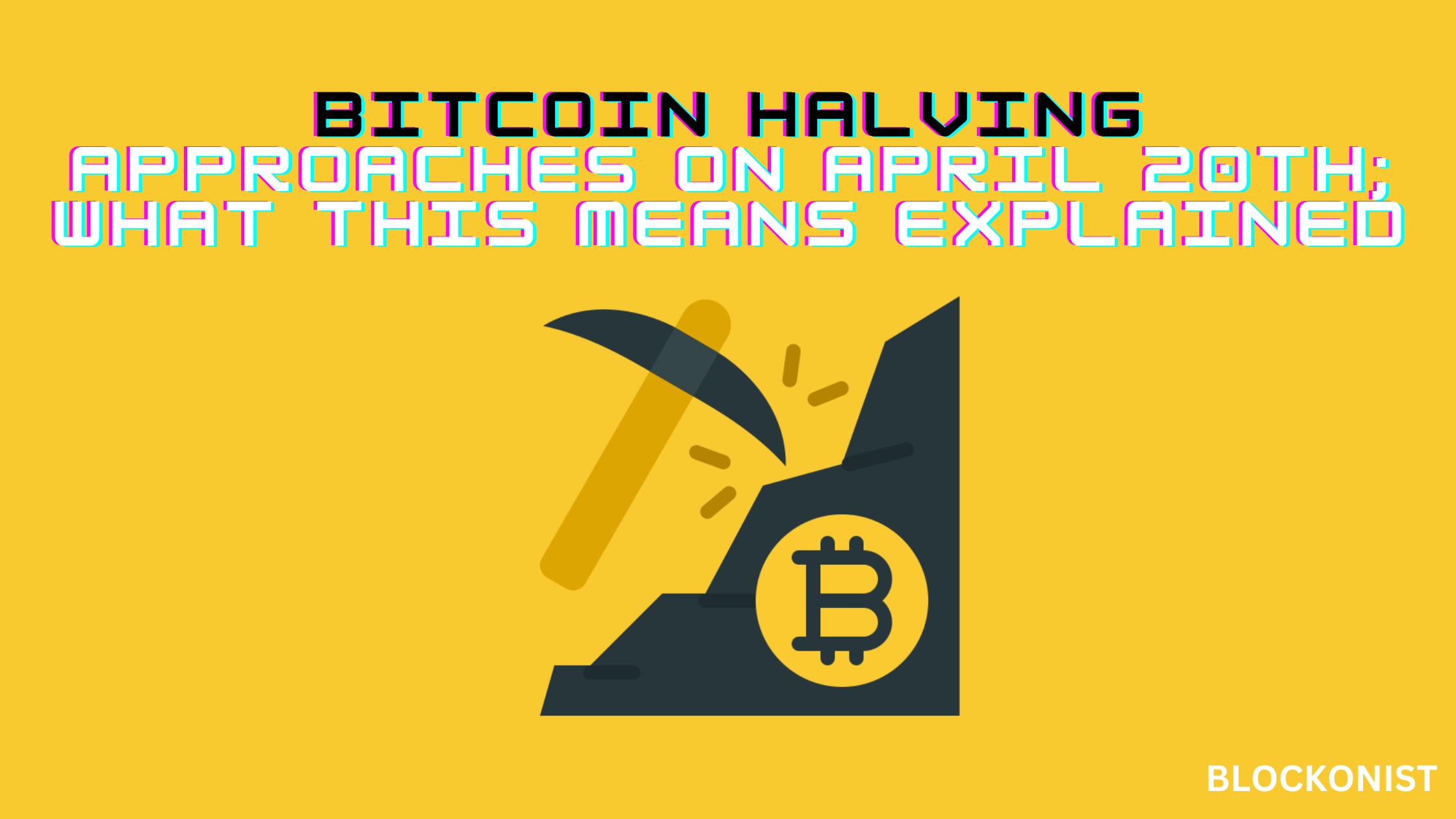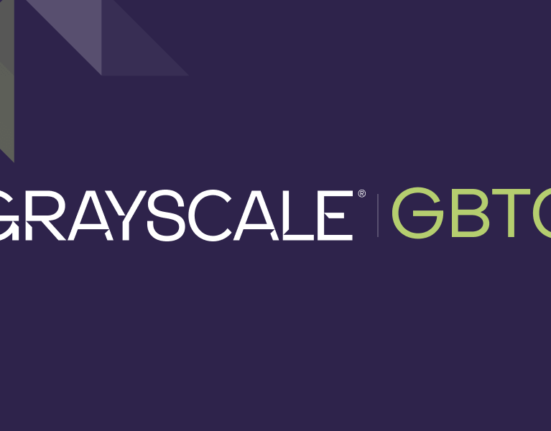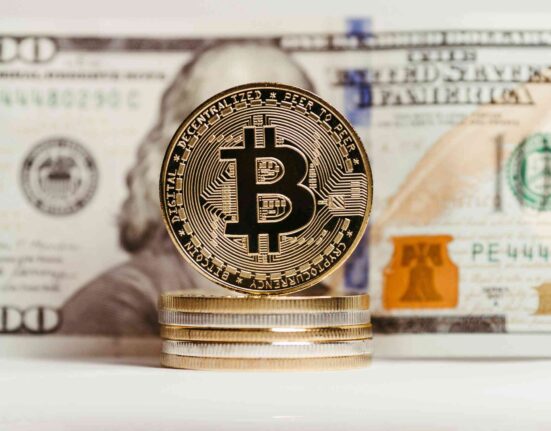The cryptocurrency market is abuzz with anticipation as the highly-awaited Bitcoin “halving” event approaches on or around April 20th, 2024. Considered one of the most significant occurrences in the digital asset realm, this halving will see the reward for mining new Bitcoin blocks reduced by half. Historically, such events have often been preceded by surges in Bitcoin’s price, driven by speculation around the potential impact of constrained future supply on the asset’s value.
This year has already witnessed a remarkable upswing of roughly 50% in Bitcoin’s price, despite a decline from its all-time high of $73,798 reached on March 14th. While the looming halving event is considered a potential catalyst, other factors have likely contributed to this surge as well. These include the US Securities and Exchange Commission’s approval of Bitcoin ETFs in January and expectations of interest rate cuts by the US Federal Reserve.
As the halving date draws closer, speculation is rife about whether history will repeat itself within the crypto markets. However, it’s crucial to note that past performance does not guarantee future results. While reduced supply could exert upward pressure on prices, Bitcoin’s value will ultimately be determined by the interplay of market forces and supply and demand dynamics. Regardless, the approaching halving event is sure to garner significant attention and potentially fuel volatility within the cryptocurrency sphere, with its long-term impacts yet to unfold.
What does bitcoin halving mean?
The Bitcoin network has a fundamental trait that distinguishes it from traditional fiat currencies – a programmed issuance schedule with a hard-coded maximum supply cap of 21 million coins. This unique feature was conceived by the pseudonymous creator, Satoshi Nakamoto. New Bitcoins are introduced into circulation as rewards for miners who validate transactions and construct the blockchain by solving complex mathematical puzzles. However, this process is carefully regulated through a mechanism known as “halving.”
Halving occurs approximately every four years, or precisely after every 210,000 blocks have been added to the blockchain. During a halving event, the mining reward is reduced by half. The most recent halving took place on May 11, 2020, where the reward was cut from 12.5 to 6.25 Bitcoins per block mined. This upcoming April 2024 event will further diminish the reward to 3.125 Bitcoins every 10 minutes.
Historically, these halving events have often been accompanied by price surges in Bitcoin, driven by speculation around the impending reduction in future supply. The systematic halving process will continue until the final Bitcoin is mined, which is projected to occur around the year 2140, after which no new coins will be released. This deflationary issuance schedule is a foundational aspect of Bitcoin’s economic design, aimed at maintaining its scarce and finite nature over the long term.
Will bitcoin prices surge post halving?
There is no consensus on how the 2024 Bitcoin halving will impact prices, but history provides some insights. Previous halvings in 2012 and 2016 preceded major bull runs in Bitcoin, with the halving of 2020 also being followed by price gains over the next year. Proponents argue that by reducing new supply hitting the market, halvings create a supply squeeze that can drive up prices if demand remains constant or increases.
Also Read: Web3 Explained
However, critics contend that halvings are already priced in by efficient markets well in advance. They point out that the fixed supply schedule is public knowledge, so rational investors should have factored in future halvings long ago. From this view, a post-halving price surge is not guaranteed. The crypto market’s overall volatility and capacity for speculation could overwhelm fundamentals.
Ultimately, Bitcoin’s price response to the 2024 halving may come down to narratives and sentiment from retail and institutional investors. If the halving rekindles widespread FOMO (fear of missing out) around Bitcoin’s limited supply, that could catalyze a bull run. Conversely, if macro forces like recession fears or tighter regulations dampen crypto demand, prices could remain depressed despite reduced emissions. As with past cycles, only time will tell how this event truly reshapes Bitcoin’s market dynamics.

Raksha, a seasoned journalist, specializes in crafting insightful narratives on blockchain and AI developments. With a keen eye for innovation, she distills complex topics into accessible stories, providing readers with a clear understanding of the dynamic intersection between these transformative technologies.





